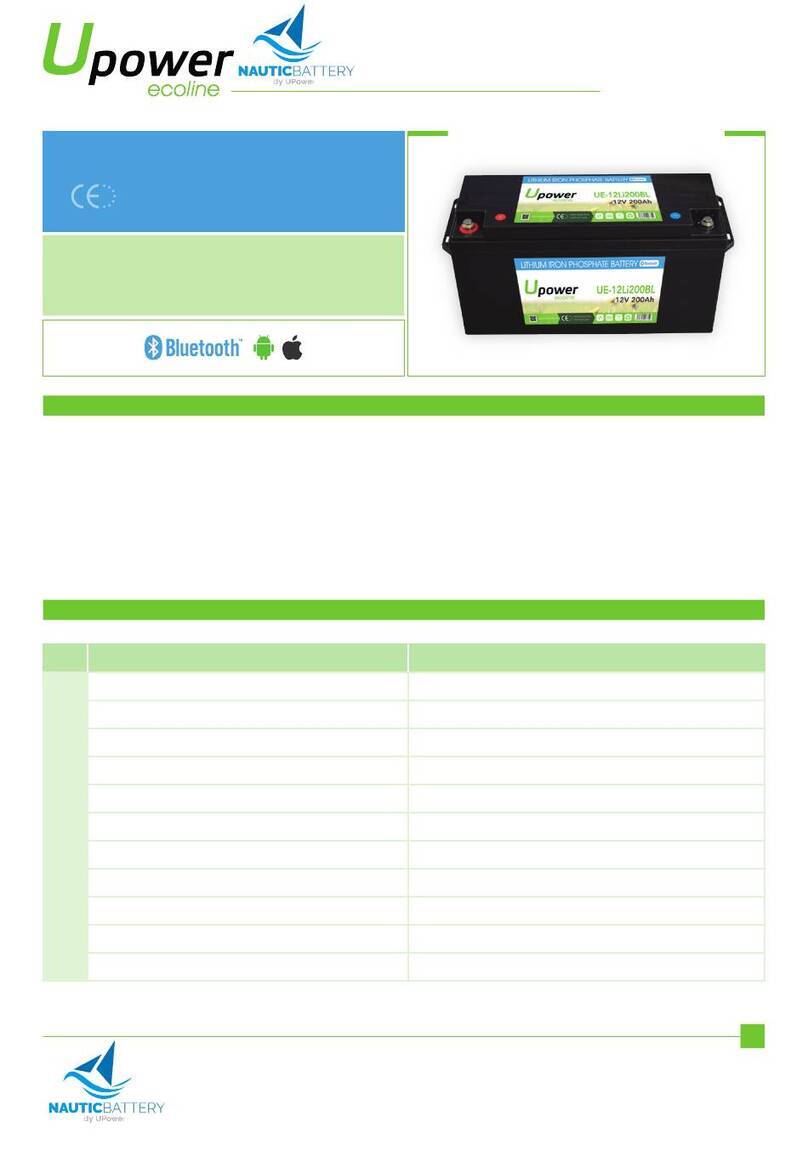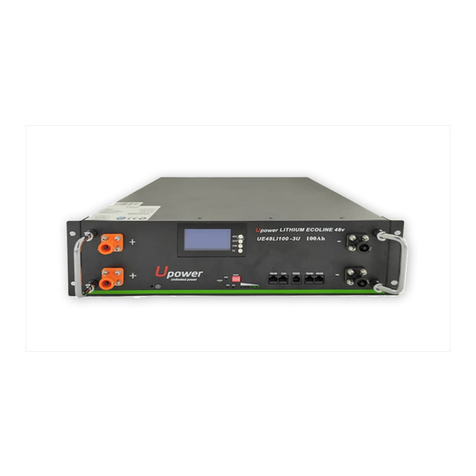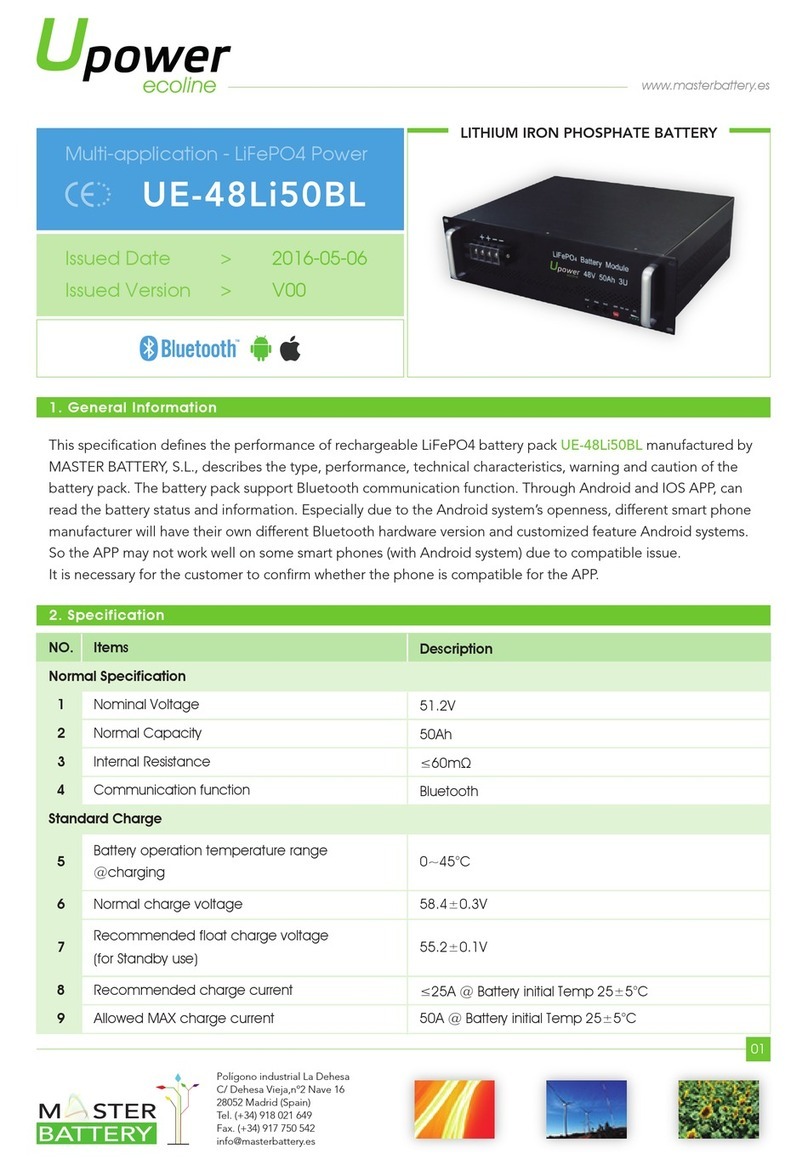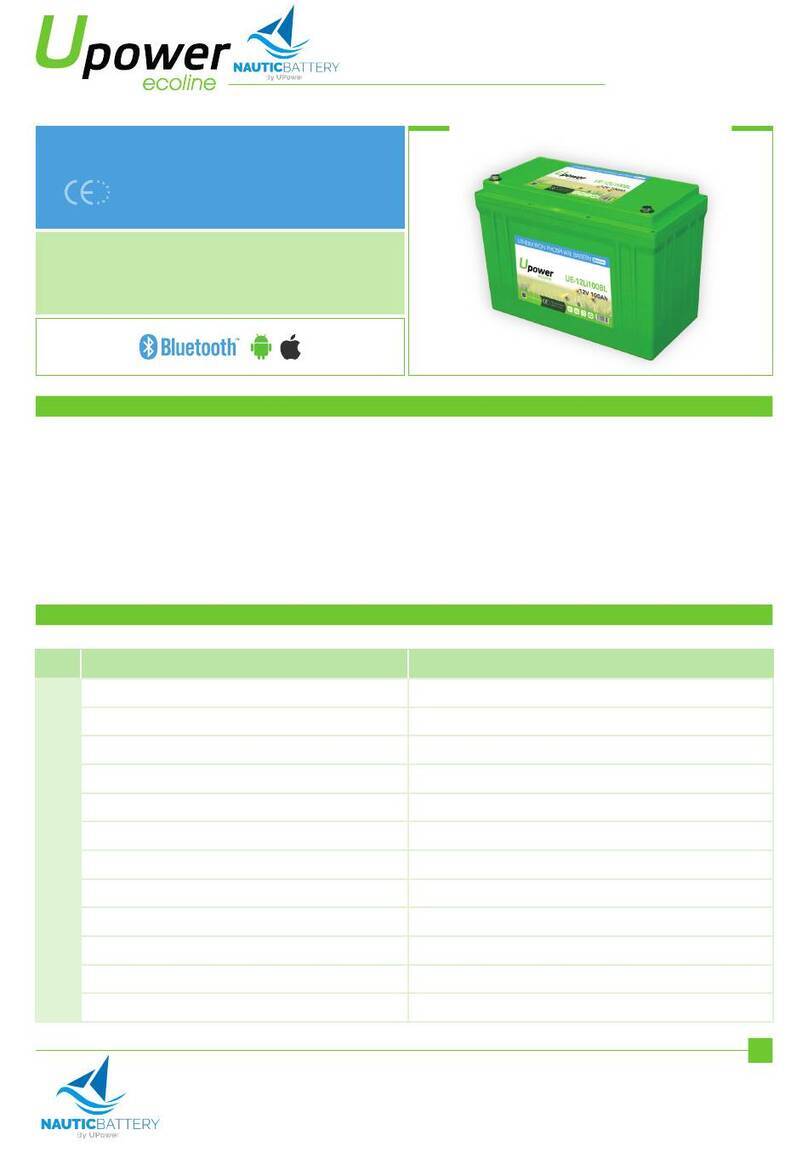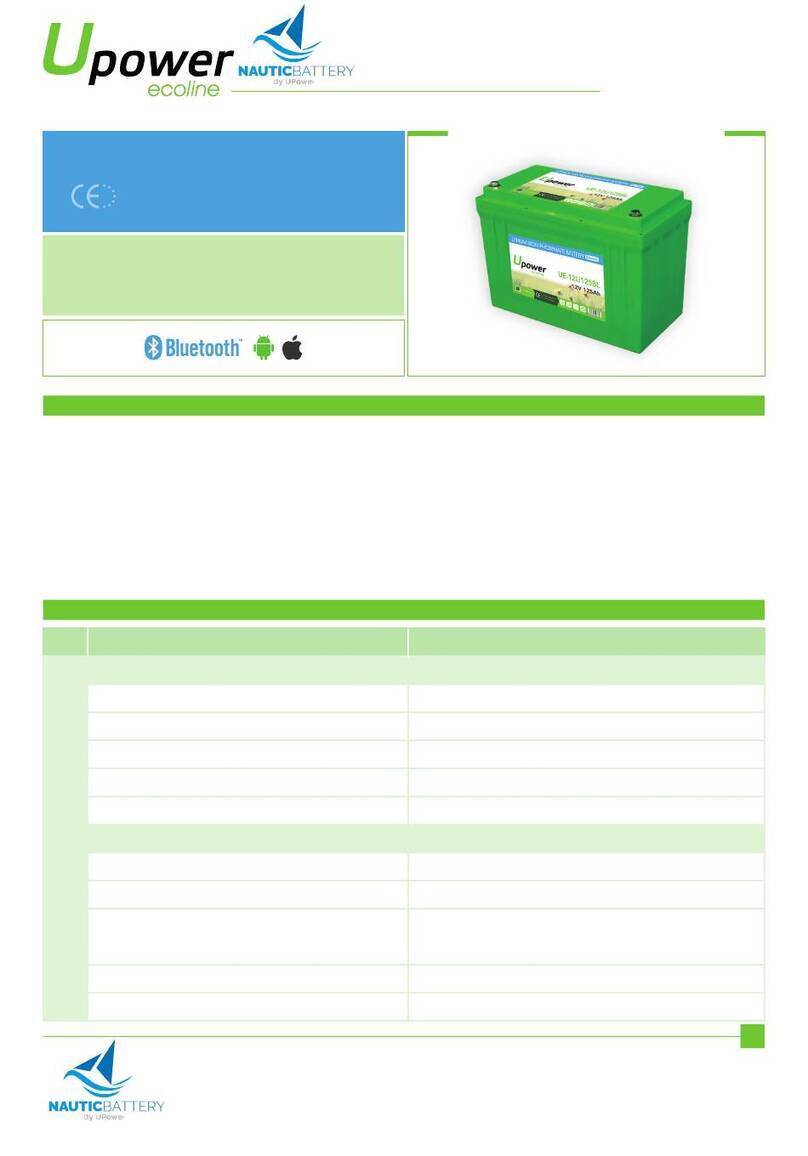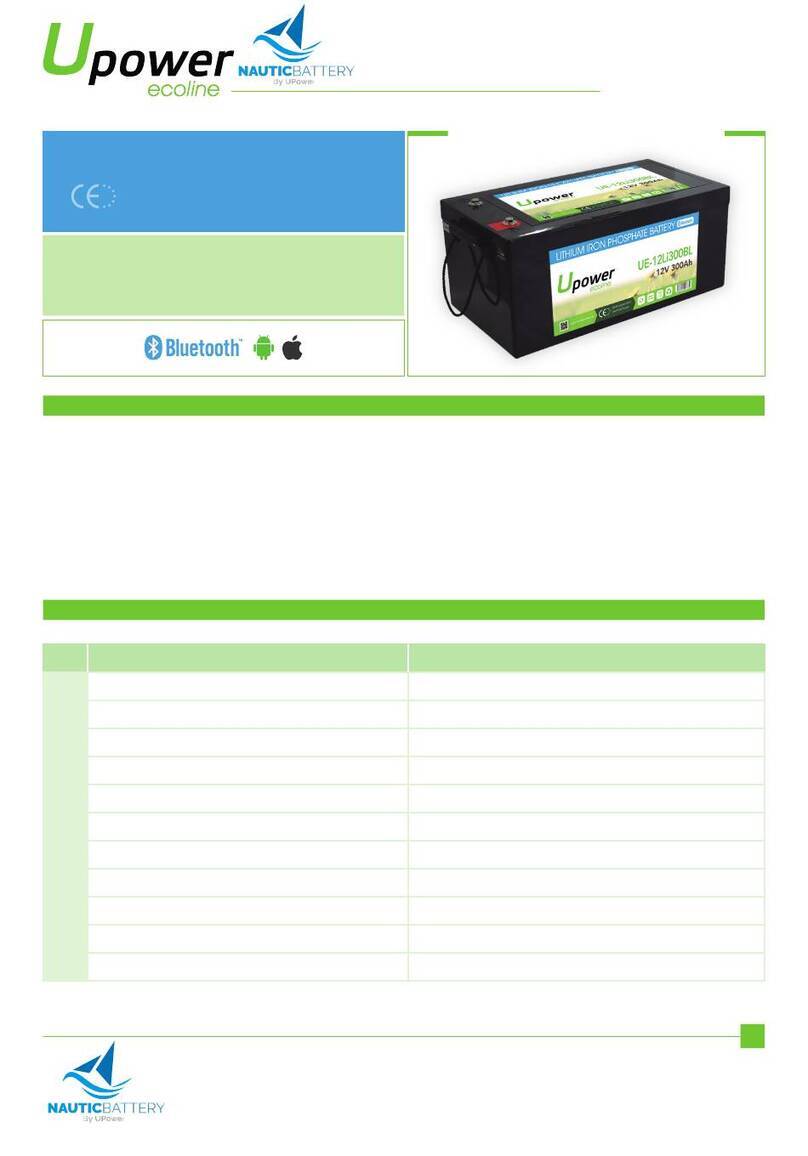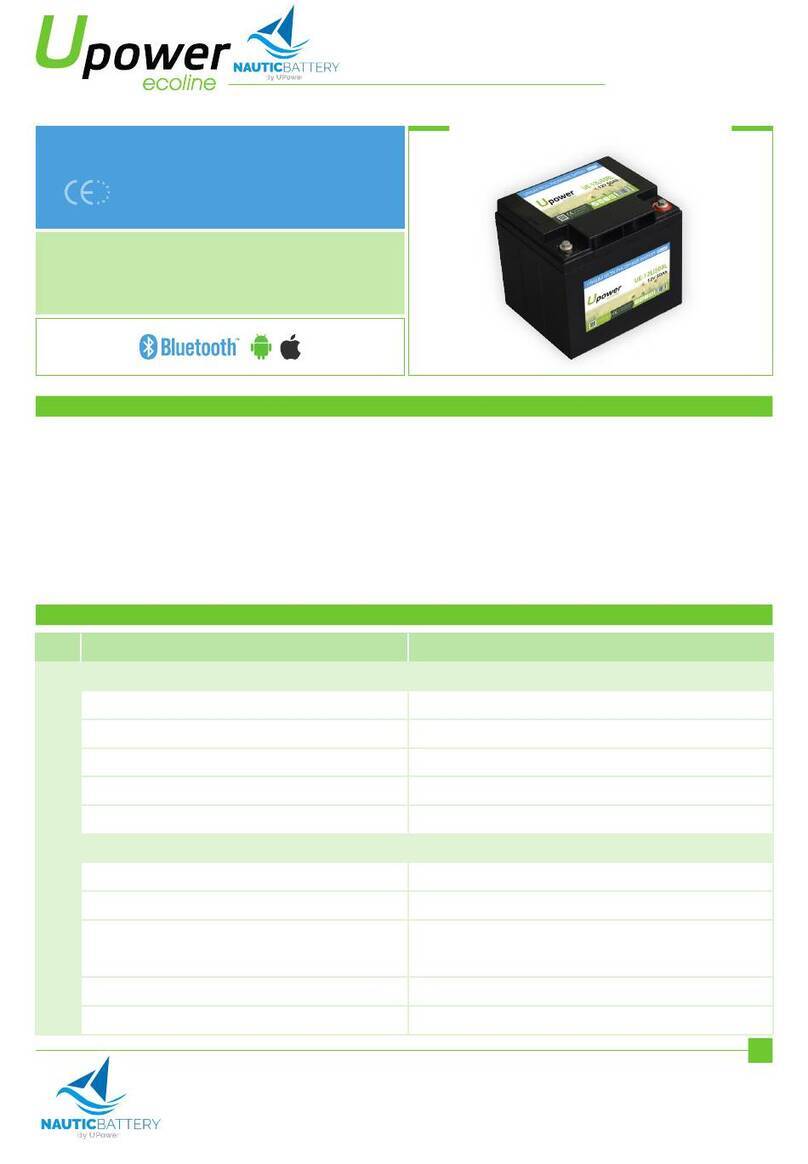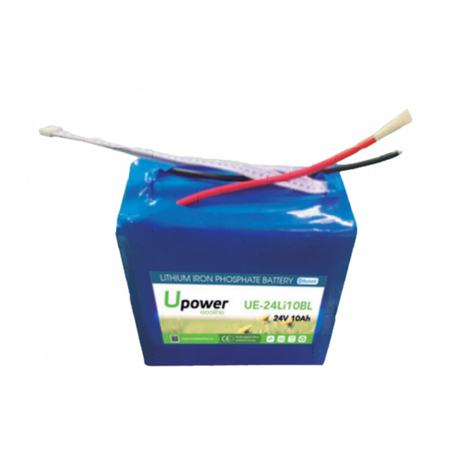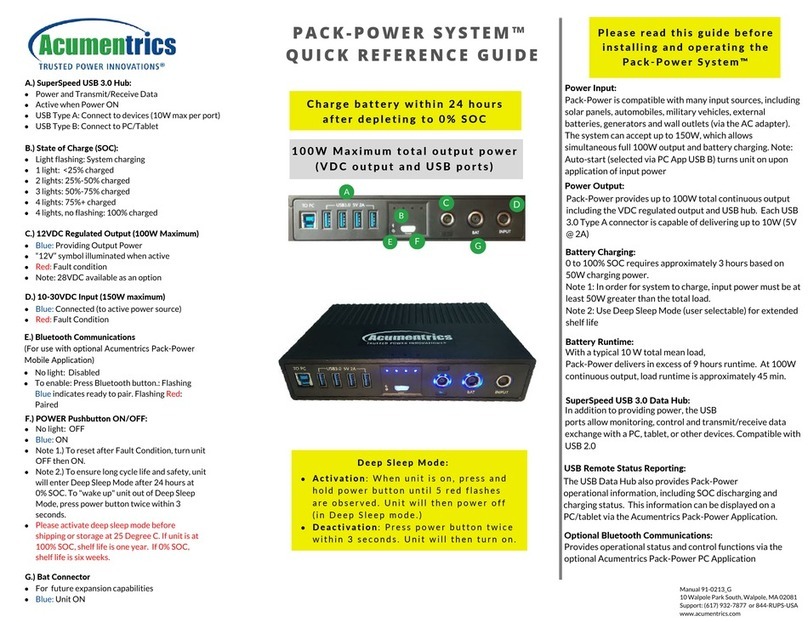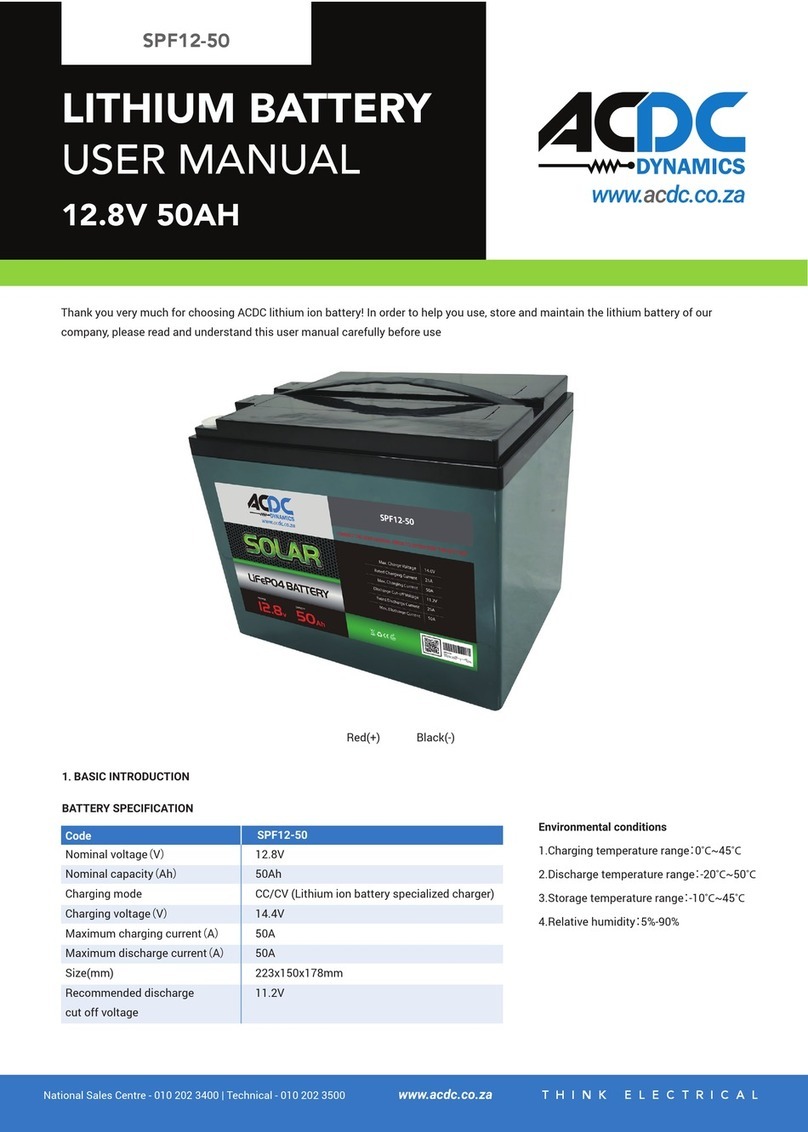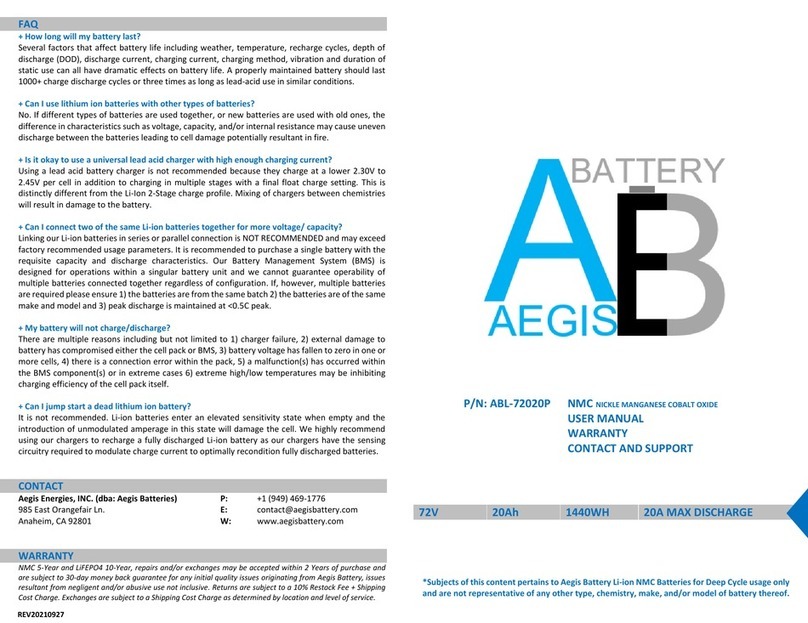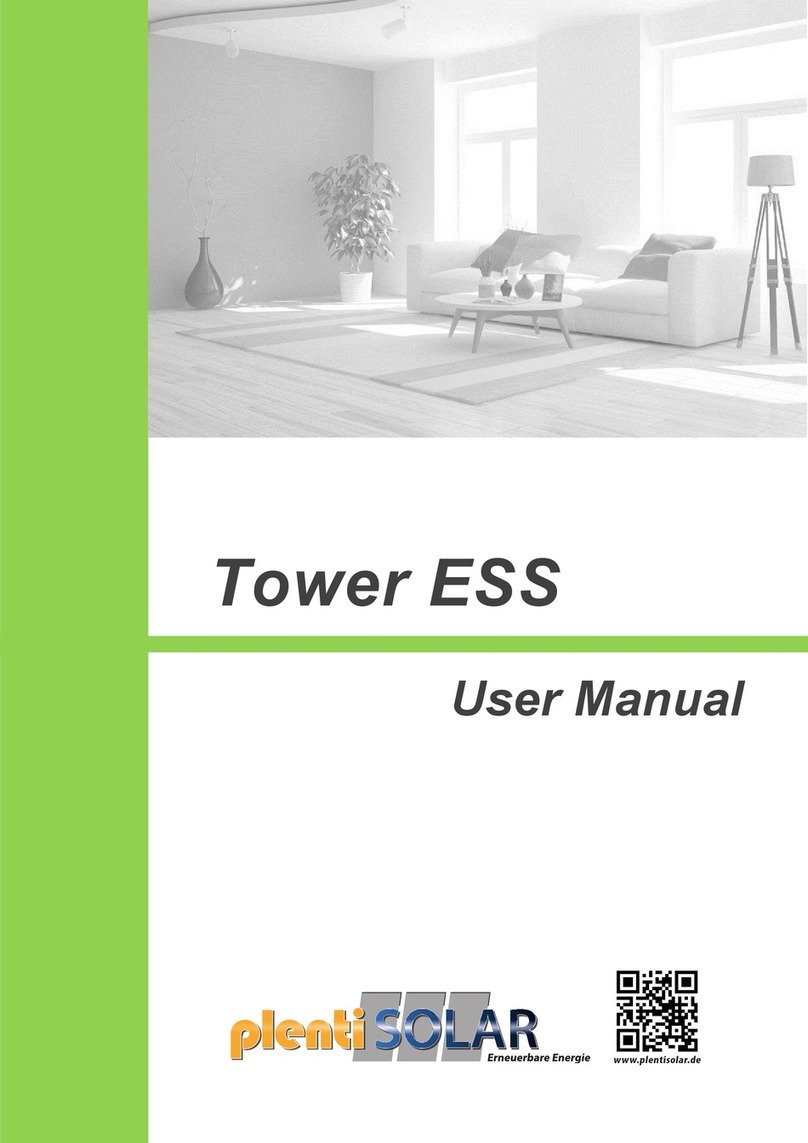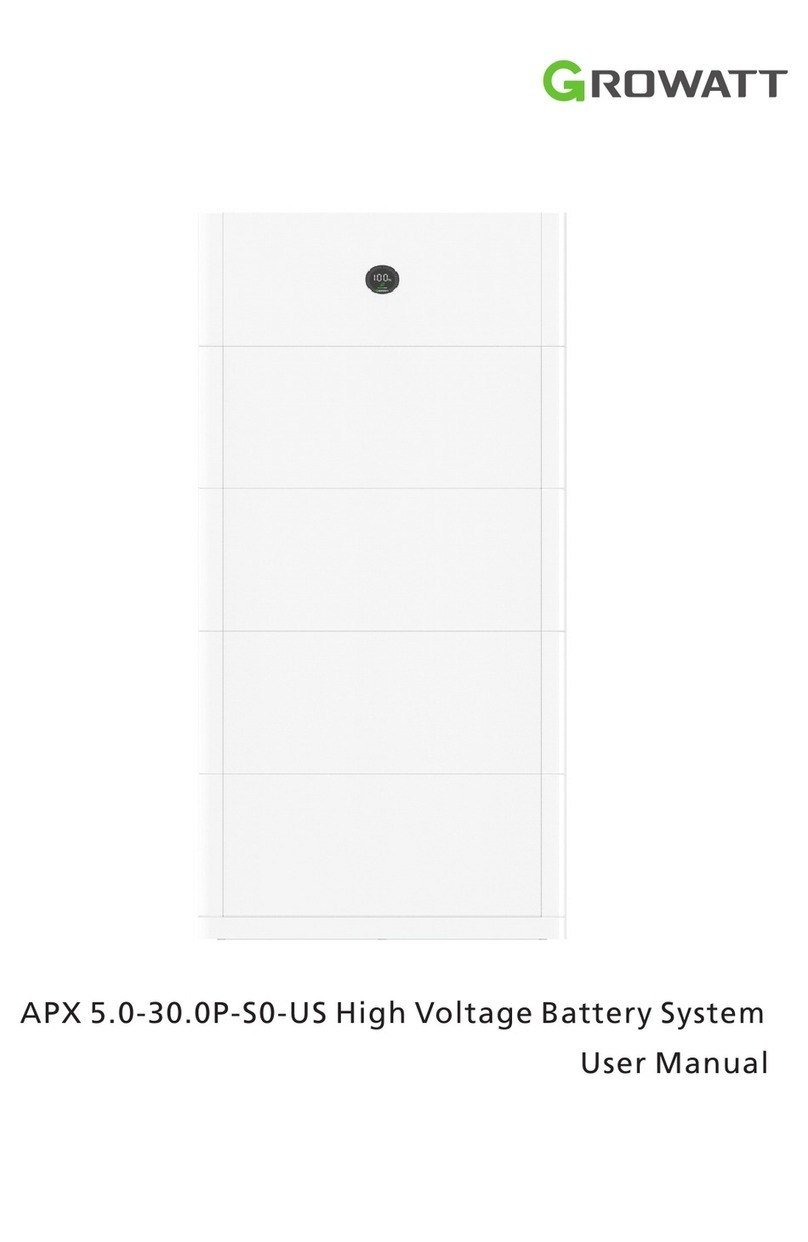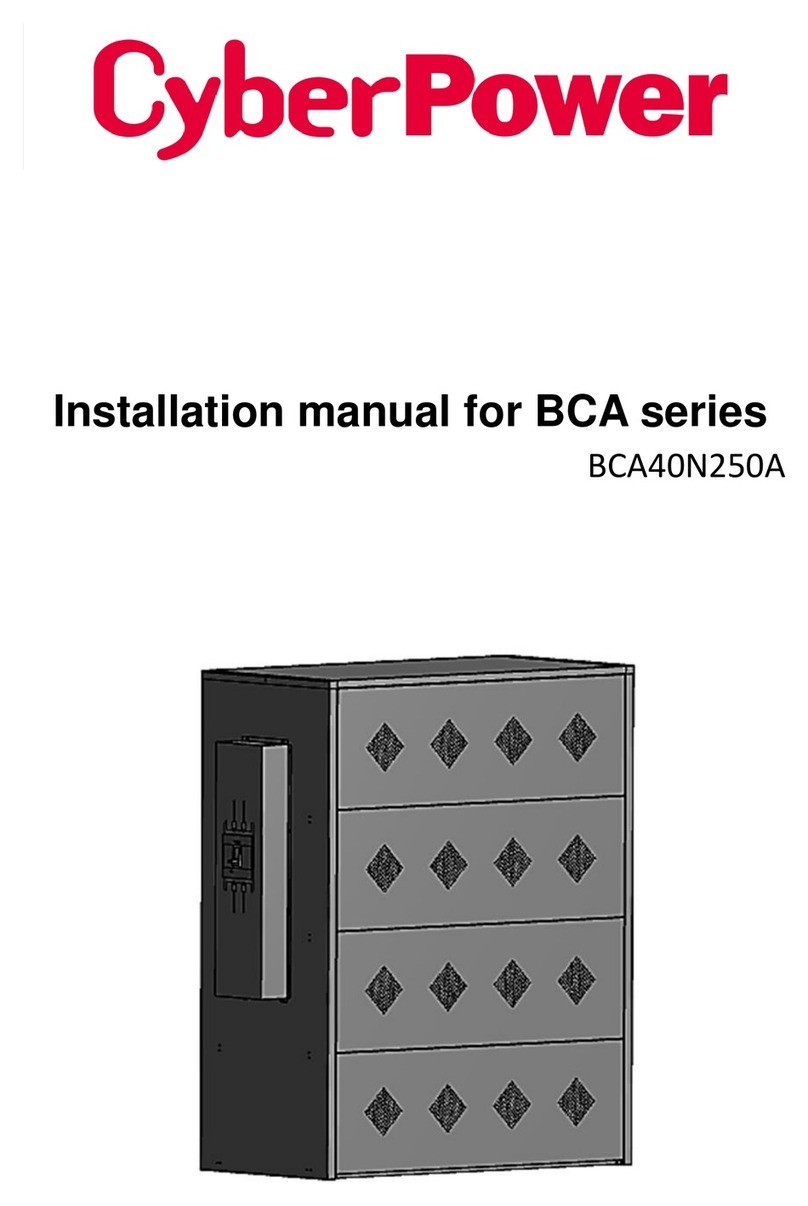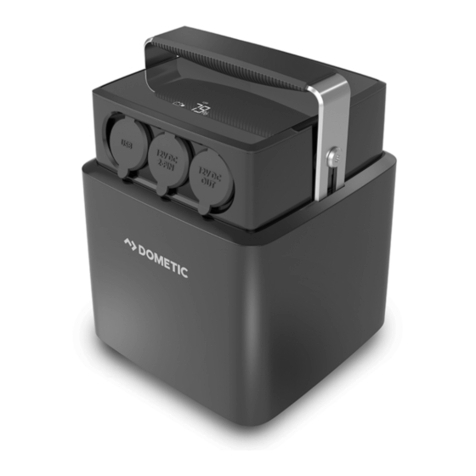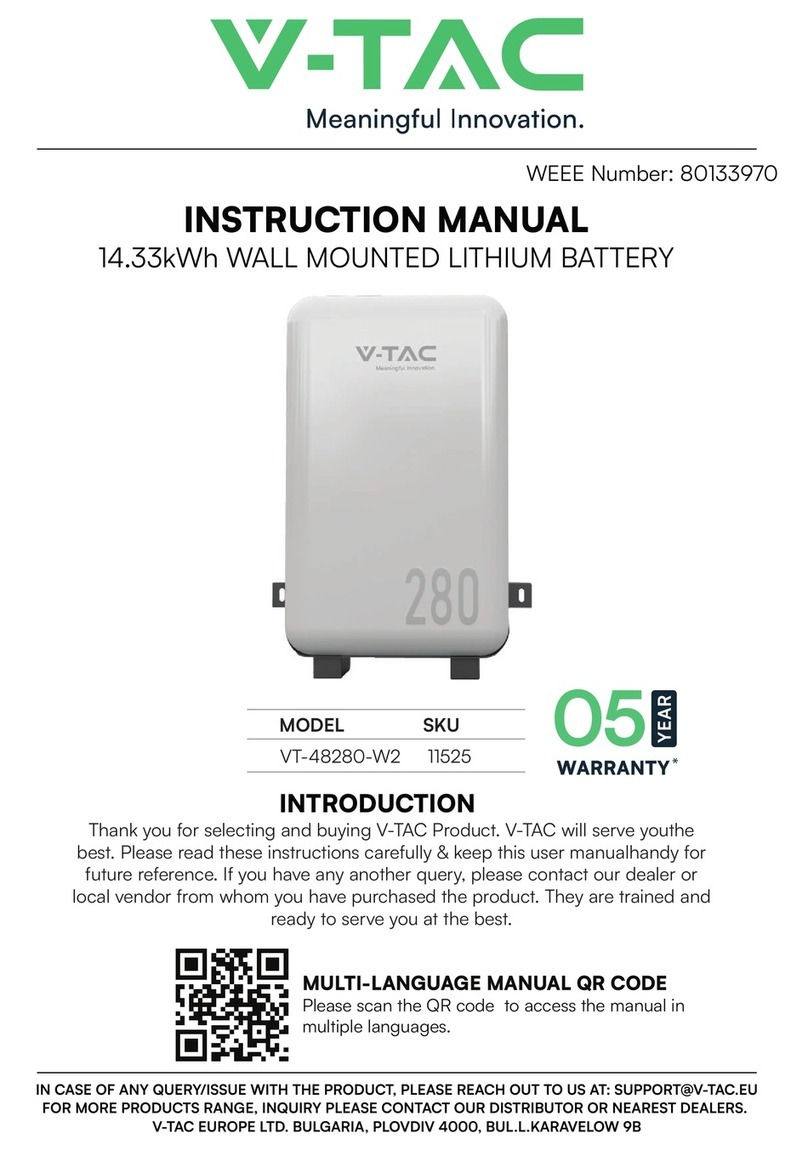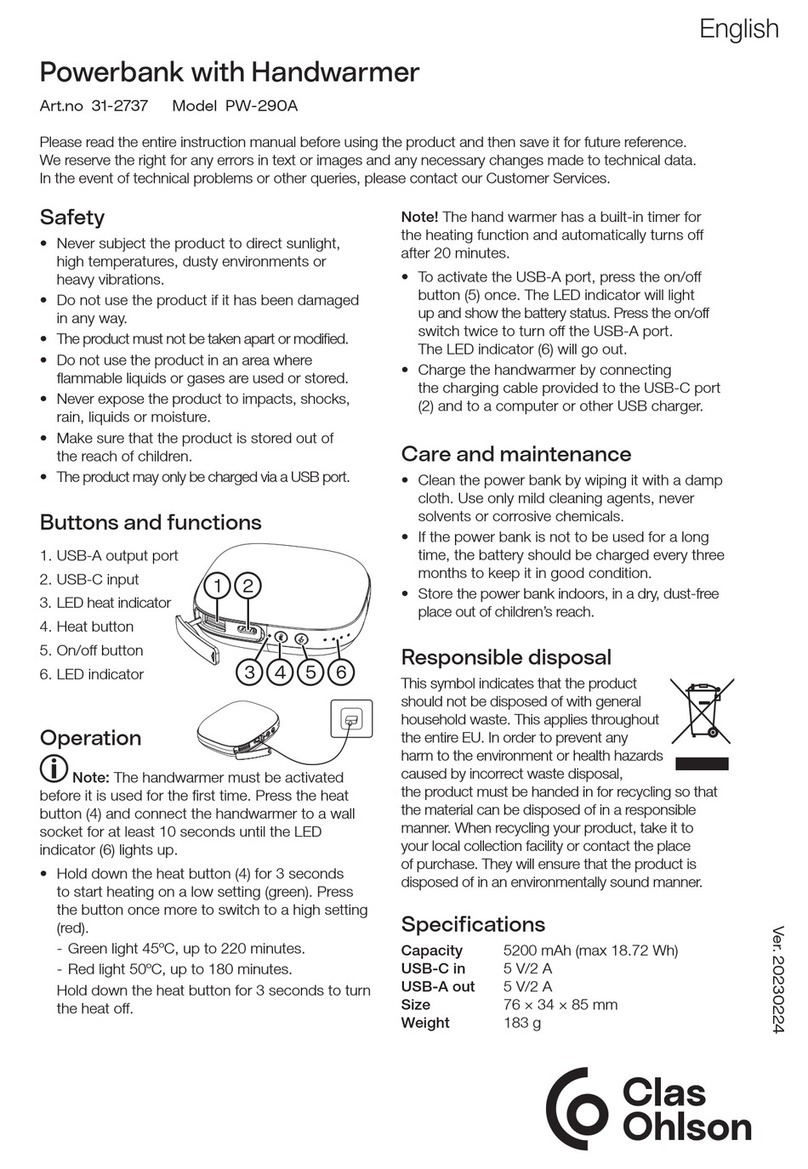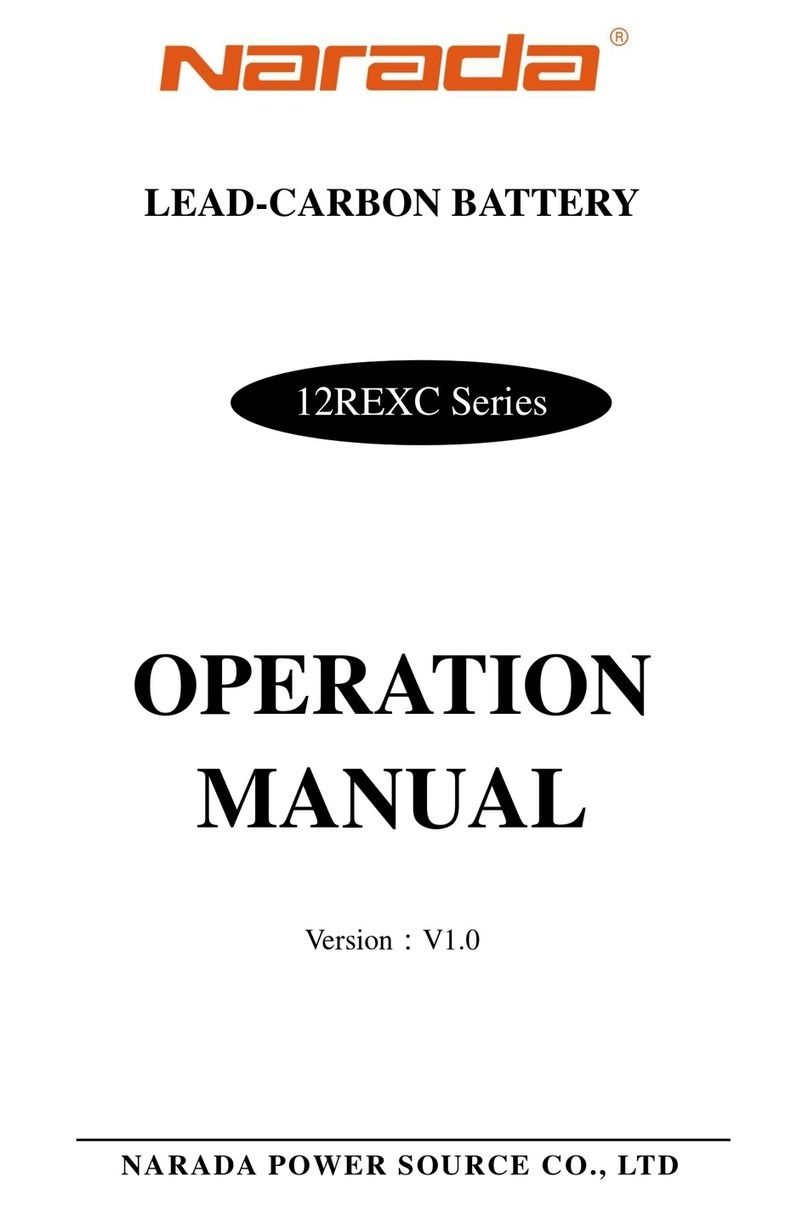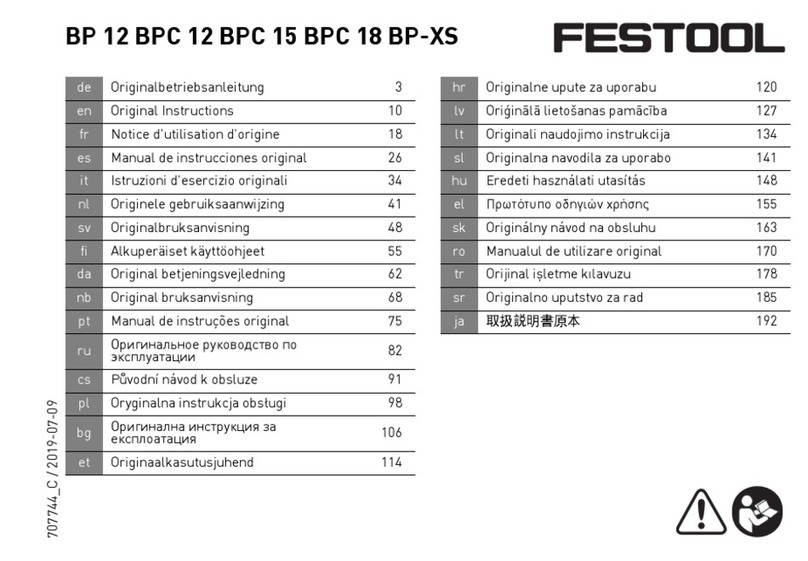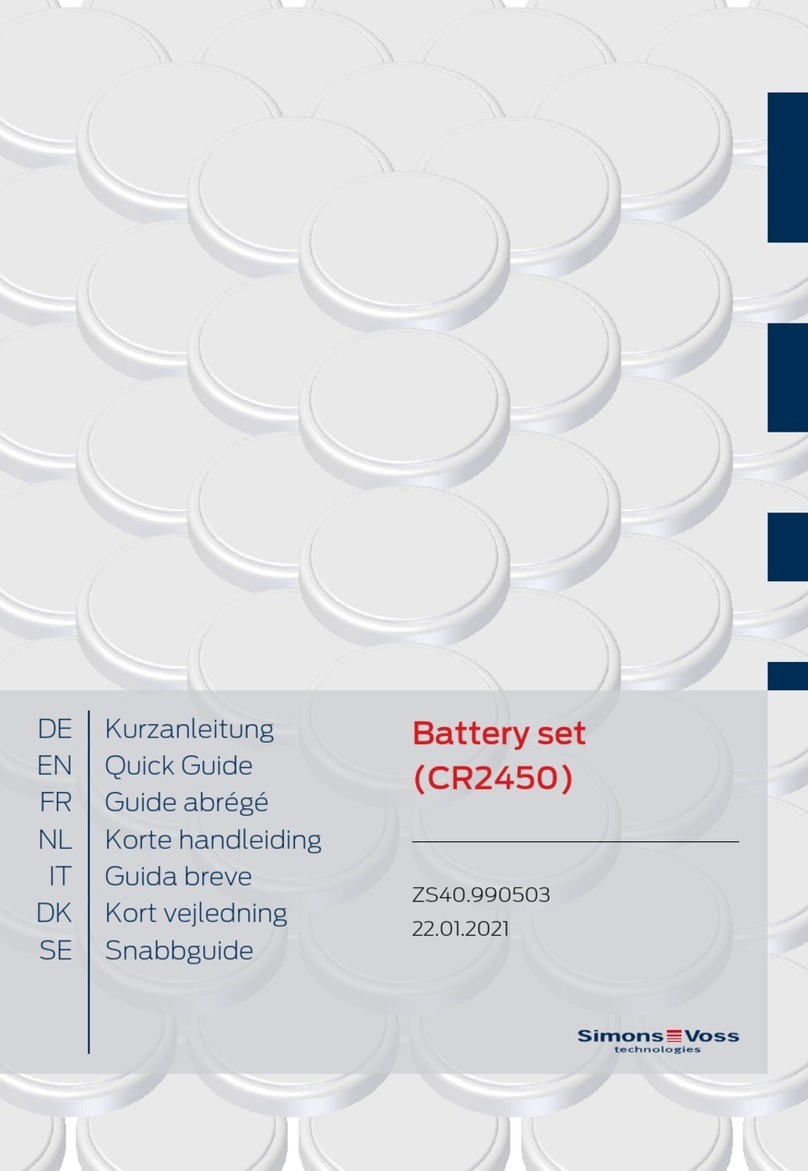
UE-48LI3750I ESS Unit User Manual
Content
SAFETY PRECAUTIONS.............................................................................................................................. 1
PREFACE.....................................................................................................................................................2
1 INTRODUCTION..................................................................................................................................... 3
1.1 BRIEF INTRODUCTION......................................................................................................................................................... 3
1.2 PRODUCT PROPERTIES........................................................................................................................................................ 3
1.3 PRODUCT IDENTITY DEFINITION......................................................................................................................................... 4
2 PRODUCT SPECIFICATION..................................................................................................................... 5
2.1 SIZE AND WEIGHT...............................................................................................................................................................5
2.2 PERFORMANCE PARAMETER............................................................................................................................................. 5
2.3 INTERFACE DEFINITION...................................................................................................................................................... 5
2.3.1 DIP switch definition and description.....................................................................................
6
2.4 BATTERY MANAGEMENT SYSTEM(BMS)................................................................................................9
2.4.1 Voltage Protection.................................................................................................................
9
2.4.2 Current Protection..................................................................................................................
9
2.4.3 Temperature Protection.......................................................................................................
10
2.4.4 Other Protection..................................................................................................................
10
3 INSTALLATION AND CONFIGURATION...............................................................................................11
3.1 PREPARATION FOR INSTALLATION.................................................................................................................................. 11
3.1.1 Environmental requirements...............................................................................................
11
3.1.2 Tools and data.....................................................................................................................
11
3.1.3 Technical preparation..........................................................................................................
12
3.1.4 Unpacking inspection...........................................................................................................
12
3.1.5 Engineering coordination.....................................................................................................
14
3.2 EQUIPMENT INSTALLATION............................................................................................................................................. 14
3.2.1 Installation preparation........................................................................................................
15
3.2.2 Mechanical installation........................................................................................................
15
3.2.3 Electrical installation............................................................................................................
16
3.2.4 Battery parameter settings on the inverter.........................................................................
18
4 USE, MAINTENANCE AND TROUBLESHOOTING................................................................................ 19
4.1 BATTERY SYSTEM USAGE AND OPERATION INSTRUCTIONS.............................................................................................19
4.2 ALARM DESCRIPTION AND PROCESSING.........................................................................................................................20
4.3 ANALYSIS AND TREATMENT OF COMMON FAULTS........................................................................................................20

